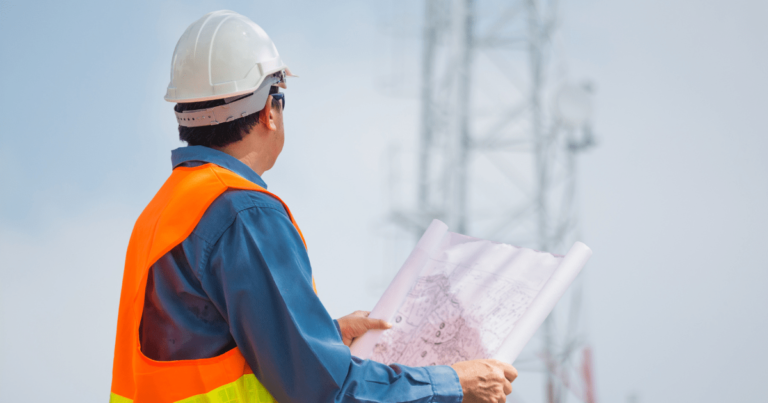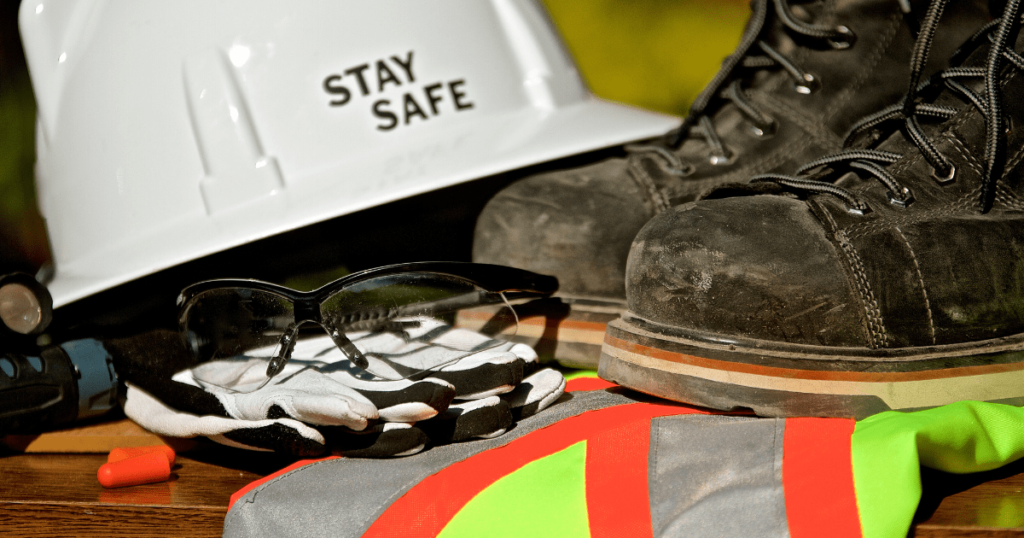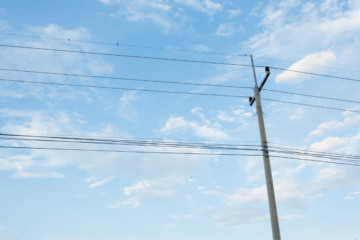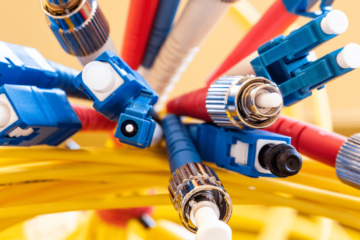
In the telecom industry, where infrastructure installations form the backbone of global communication networks, ensuring safety is not merely a compliance requirement but a fundamental operational necessity. The intricate process of installing telecom infrastructure entails various risks, ranging from high-altitude work to complex electrical installations. Addressing these challenges head-on with robust safety protocols is imperative for safeguarding personnel and securing the integrity of the infrastructure being deployed.
Comprehensive Safety in Telecom Infrastructure Deployment
Risk Recognition and Mitigation:
The diverse nature of telecom installations, encompassing tower climbing, cable installations, and electrical works, presents a spectrum of occupational hazards. Identifying these risks at the outset and developing tailored mitigation strategies is crucial. This involves not only recognizing the obvious dangers but also anticipating potential emergent risks.
Safeguarding Personnel and Infrastructure:
The impact of safety protocols extends beyond protecting installation teams; it is vital for ensuring the longevity and reliability of the telecom infrastructure itself. Safety lapses can lead to not only personal injuries but also potential damage to critical infrastructure, resulting in operational disruptions and financial losses.
Strategic Safety Planning and Implementation
1. Detailed Risk Assessment and Safety Planning:
Each installation project should begin with a detailed risk assessment. This process involves analyzing the specific work environment, identifying potential safety hazards, and devising a comprehensive safety plan that encompasses every phase of the installation. The involvement of experienced safety professionals is essential in this phase to ensure that all potential risks are identified and adequately addressed.
2. Rigorous Training and Safety Awareness:
Continual safety training is fundamental for all personnel involved in telecom installations. This training should cover a wide range of topics, including the correct usage of safety equipment, emergency response procedures, hazard recognition, and safe working practices. Regular refresher courses and drills can help reinforce safety principles and ensure that safety remains a top priority for every team member.

Best Practices and Essential Safety Equipment
1. Prioritizing Personal Protective Equipment (PPE):
The use of PPE is a critical element of safety protocols in telecom installations. Selection of the right PPE, which may include helmets, safety harnesses, gloves, eye protection, and protective footwear, depends on the specific nature of the task. Regular inspection, maintenance, and replacement of PPE are vital to ensure their effectiveness.
2. Fall Protection and Electrical Safety Measures:
For tasks at heights, such as tower installations, a comprehensive fall protection plan is essential. This includes not just harnesses and lanyards, but also proper training in their use and regular equipment inspections. Electrical safety measures are equally important, especially in installations involving live electrical components. Adhering to established electrical safety standards and using the appropriate insulated tools and equipment can prevent electrical accidents.
Cultivating a Safety-First Culture
1. Regular Safety Audits and Inspections:
Routine safety audits and inspections are critical for maintaining high safety standards. These audits should assess both the adherence to safety protocols and the condition of equipment and PPE. Any identified gaps should be promptly addressed.
2. Promoting a Culture of Safety:
A robust safety culture within the organization is key to ensuring that safety protocols are not just followed but are ingrained in the daily operations. Encouraging open communication about safety, empowering workers to report hazards, and responsive leadership are all essential components of a safety-first culture.
Ensuring safety during telecom infrastructure installations is a multifaceted challenge that requires a comprehensive approach. From rigorous planning and training to the adoption of best practices and the cultivation of a safety-first culture, every aspect plays a vital role. By elevating safety standards, telecom companies not only protect their workforce but also ensure the successful and efficient deployment of critical infrastructure, thereby contributing to the industry’s overall growth and sustainability.
Related articles: Revolutionizing Telecom Manufacturing : The New Era of Remote Operations









